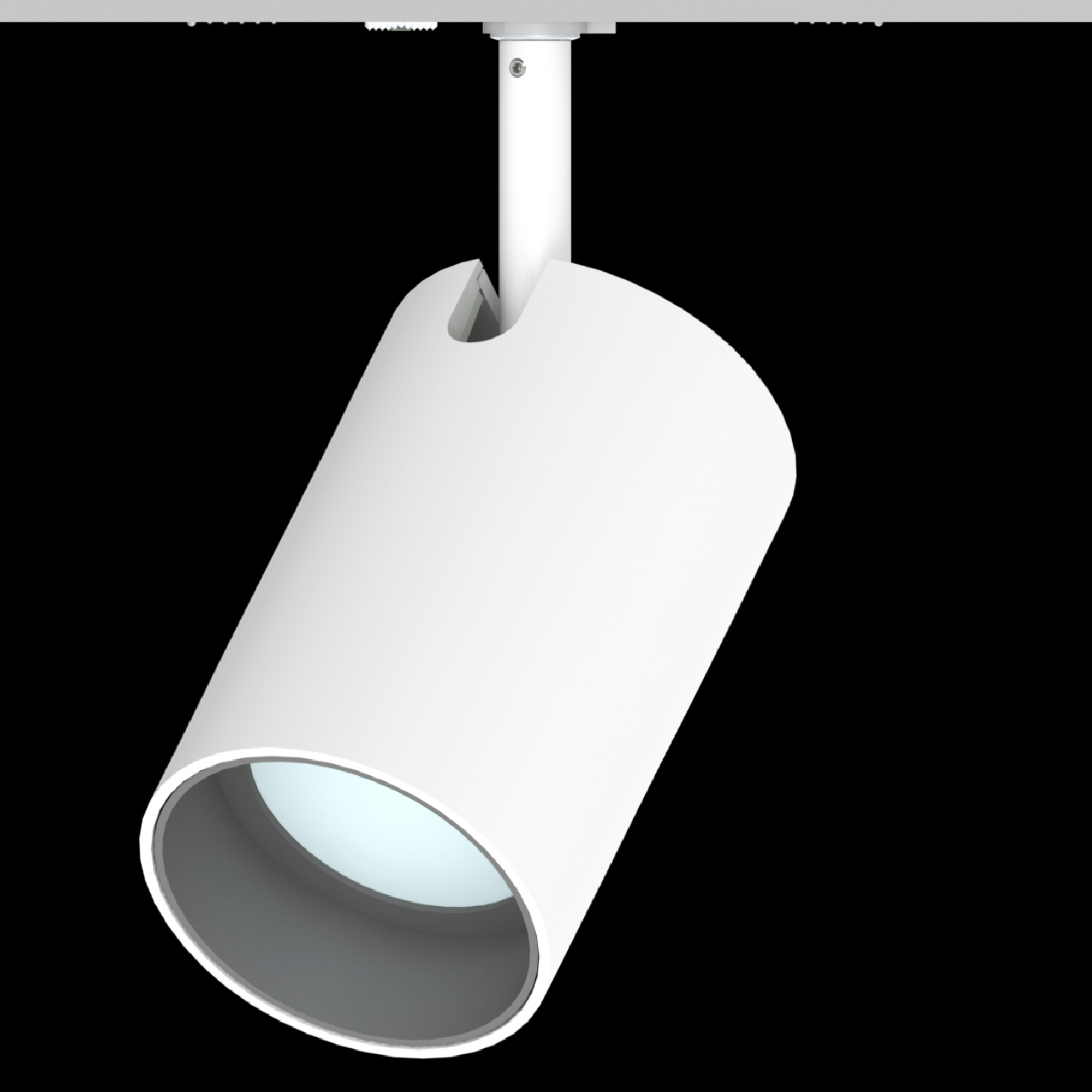Location: Omaha, NE
Architects: HDR
Details
Photos: Dan Schwalm
Kiewit Luminarium – the Power of Play
Play is one of the most important activities in which a child can engage. It is the means by which they explore the edges of a world bounded only by physics and imagination, and under the influence of the latter, that of the former is only conditional. Play allows children to engage the world around them, to understand the people who surround them, and to discover themselves; it is as instrumental for socialization as it is for education. Given the importance of play (not just for children), it is unsurprising that many urban revitalization projects incorporate science museums, STEM-focused learning environments and/or museums dedicated to play and playing.
It is in this vein that the new Kiewit Luminarium opened on April 15, 2023 in Omaha, NE. Integrated into the bank of the Missouri River, the Luminarium anchors revitalization centered on the waterfront. In form, it references vernacular regional machine sheds, with a strong cantilevered mass facing the city under the protection of which pedestrians can socialize, beginning their immersion into the interior. The 82,000 square foot interior is designed to be open and flexible, capable of incorporating any number of possible displays or interactive environments.

True to its name, the walls of the Luminarium are an illumination sculpture, where polychromatic glass, LEDs and transparencies create a play of light, color and image, within which the immersive displays and activities adopt an almost surreal character. While the ostensible focus of the Luminarium is on STEM learning, the staging of the building mimics traditional play experiences, by demarcating a space in which imagination blends with science in a process of discovery unbounded by conventional educational strictures. The mixture of play and learning, or the acknowledgement that discovery is an act of imagination, resonates with Albert Einstein’s sentiments that scientific exploration is a fundamentally creative act.

This creativity extends to the modular and flexible infrastructure, which allows curators the freedom to play and explore new exhibitions, exhibition techniques, interactive displays and environments. To this end, the grid of BusRun that supports a flexible lighting infrastructure, complements the itinerate and malleable nature of the design, harmonizing with it through a minimalistic aesthetic that echoes the exposed services of the building. In this way, the BusRun becomes a linear element encircling and engaging exhibits, guiding visitors through the space, a subtle cue, like a trace, mapping the journey of discovery below.

With over 100 interactive exhibits, this journey includes opportunities for people of all interests, and is rich in content and diversity, allowing the agile minds of visitors to trespass many topics and pedagogical methods. Yet, behind all of the exhibits is the pure joy of play, which ignites the imagination and curiosity of children and adults alike.



